If you’ve smoked a good variety of cigars, you’ll eventually have discovered a difference between wrapper types. Besides being just pretty packaging, that thin outer leaf can account for 60% of your cigar’s flavor! I’ve smoked cheap bundles and limited editions, and I’m telling you that the wrapper makes or breaks the experience. So, let’s delve into cigar wrapper types and change how you select your next smoke.
Why cigar wrapper types matter
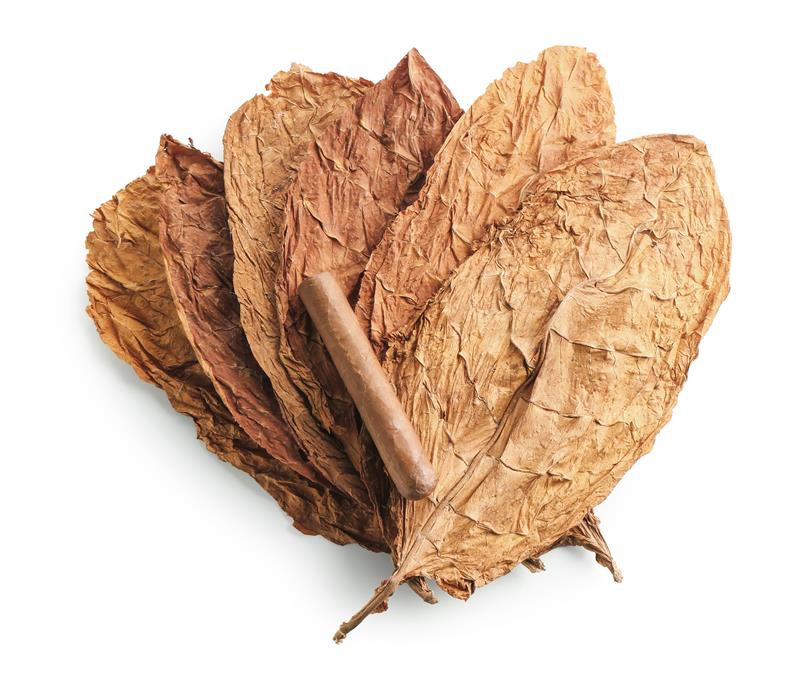
I’ve lost track of how often I’ve witnessed someone vowing never to smoke cigars from a particular country again because they hated one wrapper type. Wrapping your head around wrappers makes you immune to these rookie mistakes. The wrapper hits your palate first, setting the tone for the entire experience. It’s like judging a wine by its grape — fundamental information that sets aficionados apart from casual puffers.
Connecticut Shade

These light, golden-blond beauties are cultivated under huge cheesecloth tents that filter sunlight. Native to Connecticut, they’re also harvested in Ecuador, where natural cloud coverage produces the ideal growing environment.
Connecticut Shade is mild and creamy with hints of cedar, nuts, and sweetness. These have very little spice, making them an ideal morning smoke with coffee. I turn to these when I want something gentle that won’t knock me on my side before noon. These wrappers are used for milder products in brands like Macanudo, Ashton, and Arturo Fuente.
Connecticut Broadleaf
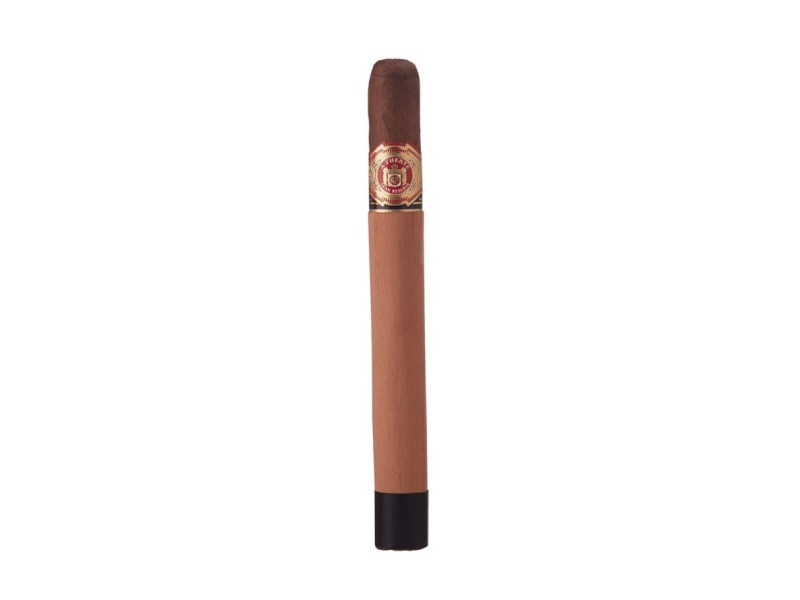
Please do not confuse these with Connecticut Shade — if you do, it’ll knock your palate like a freight train into next week! Broadleaf is grown in the sun, yielding dark, rugged leaves with visible veins that look like roadmaps. The wrappers produce cigars with flavors of chocolate, coffee, earth, and, occasionally, a molasses-like sweetness that lingers gloriously.
The density and the oily character make broadleaf wrappers ideal for evening smokes, particularly after a steak dinner. They’re also great with bourbon or rum — trust me on this. Look for Liga Privada from Drew Estate or Arturo Fuente’s Añejo line to see Broadleaf in top form.
Habano
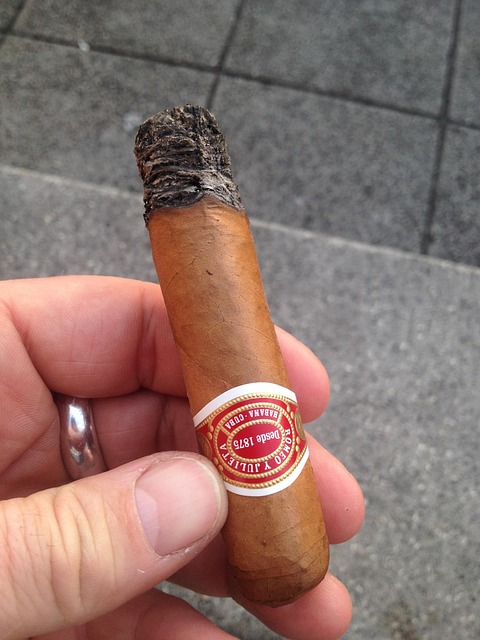
Habano wrappers come exclusively from Cuba; they are less common than they used to be since all Americans smoke Habano-seed varieties grown in Nicaragua, Ecuador, or Honduras, thanks to trade restrictions. These medium to dark brown wrappers offer a spicy character, with notes of wood, coffee, and often a peppery finish that tingles the tongue.
They exist in that sweet spot of strength and complexity that Habano wrappers have. They’ll pack enough of a punch without messing with your palate, like when I gave my cigar-virgin cousin a full-fledged Nicaraguan. The poor guy turned green! Brands such as Tatuaje, My Father, and Padrón have nailed the Habano wrapper game.
Maduro
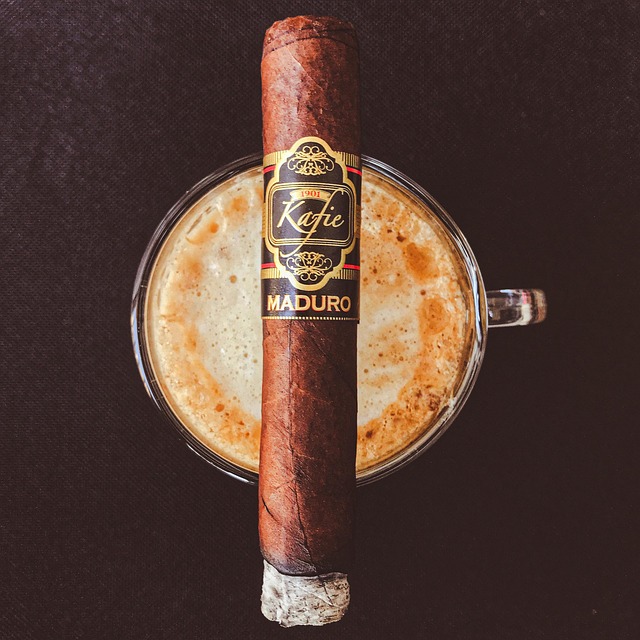
“Maduro” means “ripe” in Spanish, and these dark, almost black wrappers are extensively fermented to break down bitter compounds while concentrating natural sugars. The process requires patience — in some cases, months or years.
The result? A smooth, sometimes sweet-flavored wrapper with notes of dark chocolate, espresso, earth, and traces of dried fruit. Most Maduros aren’t nicotine bombs — they’re flavor powerhouses, even if they look like they could knock you out. I know dudes who will smoke nothing but, and honestly, the Padron 1964 Anniversary Maduro makes a pretty decent case for their loyalty.
Corojo
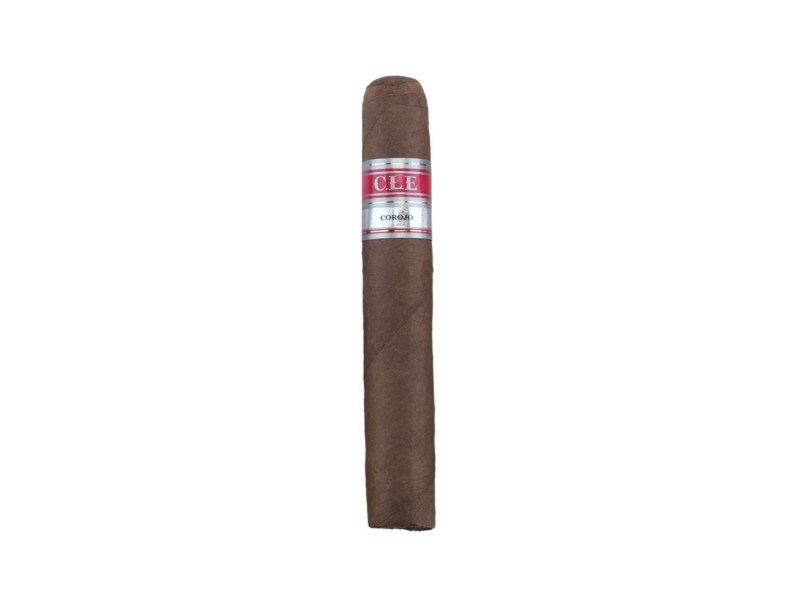
Corojo is a Cuban-grown varietal, but it is mostly grown in Honduras now. These reddish-brown wrappers have a unique spicy, sometimes peppery character that strikes differently from other types.
Corojo wrappers took me a while to appreciate — my first was like biting into a jalapeño when expecting a bell pepper. They’re a little out there, but once you get past that particular bite, you may find yourself grabbing for them regularly. Camacho made their name on this leaf and for a good reason.
Oscuro
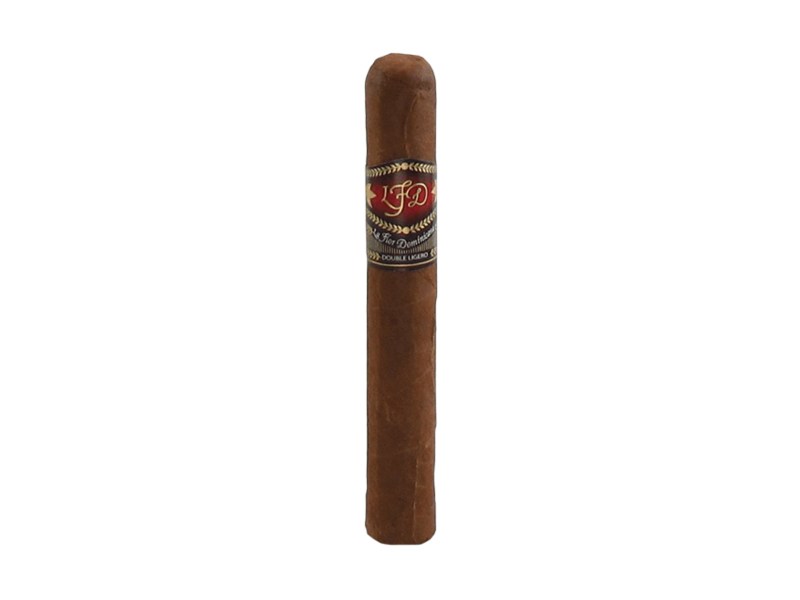
Also called “dark” or “black,” Oscuro wrappers are fermented even longer than Maduros — literally up to five years! The result is a deeply black wrapper that imparts deep-seated sweetness and heavy earth and leather flavors.
Oscuro wrappers are not for everyone, though. My initial experience was like ordering espresso when expecting a latte. These are not usually used on fuller-bodied cigars, so brace yourself for a delightful flavor bomb. The LFD Double Ligero Oscuro is a prime example of this style, but don’t touch that bad boy if you’re new to the hobby — tread lightly.
Candela
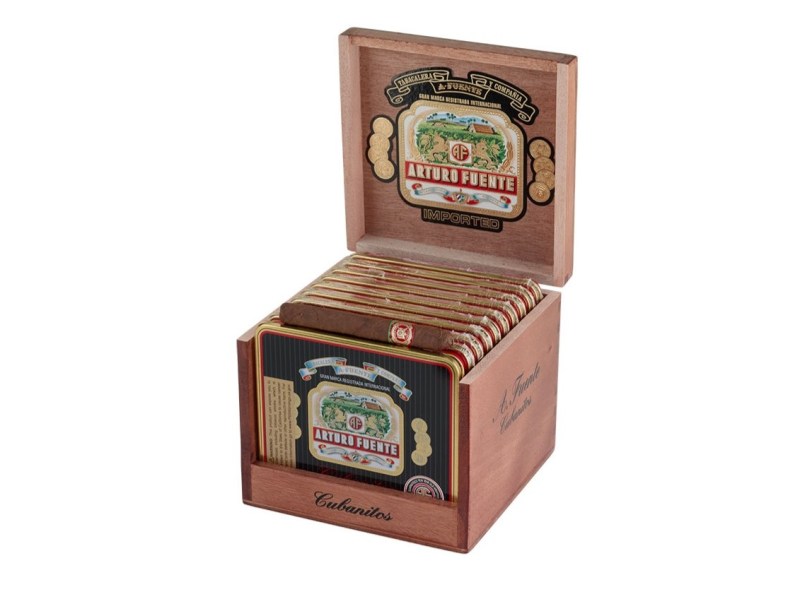
Candela wrappers are instantly recognizable by their Kermit-the-Frog-like green hue. This unusual color is a result of a quick-drying process that preserves chlorophyll. Popular in the mid-20th century, they went out of favor, only to become popular recently.
These usually impart grassy, vegetal aromas and flavors, including green tea, herbs, and, occasionally, faint sweetness. I’m not going to lie — they’re not my favorite, but their unusual nature makes for a nice, absolute change of pace. If you are curious enough to smoke one, Arturo Fuente produces some solid Candela options.
Sumatra
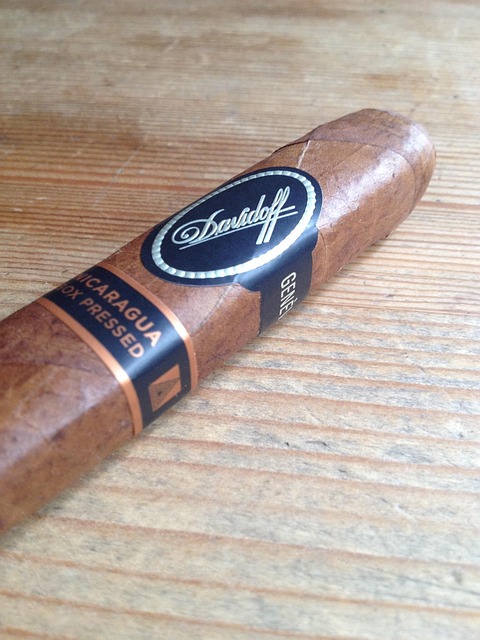
Let’s discuss some wrapper types that are lesser-known but thoroughly interesting, starting with Sumatra. It was originally grown on the Indonesian island, after which it was named. Nowadays, Sumatra wrappers are primarily cultivated in Ecuador and Honduras. These wrappers are reddish-brown with moderate oiliness.
Flavorwise, Sumatra wrappers have a delightful spicy-sweet character, with hints of cedar, leather, and sometimes that little citrus touch that spices things up. In terms of strength, they are between Connecticut Shade and Habano, making them a perfect companion for various occasions.
I have found that Sumatra wrappers go exceptionally well with a strong black tea in the afternoon. The Rocky Patel Vintage 1999 is a lovely showcase of Sumatra wrappers with excellently balanced and blended flavors that do not overtake the smoothness but instead hold and keep your attention.
Cameroon
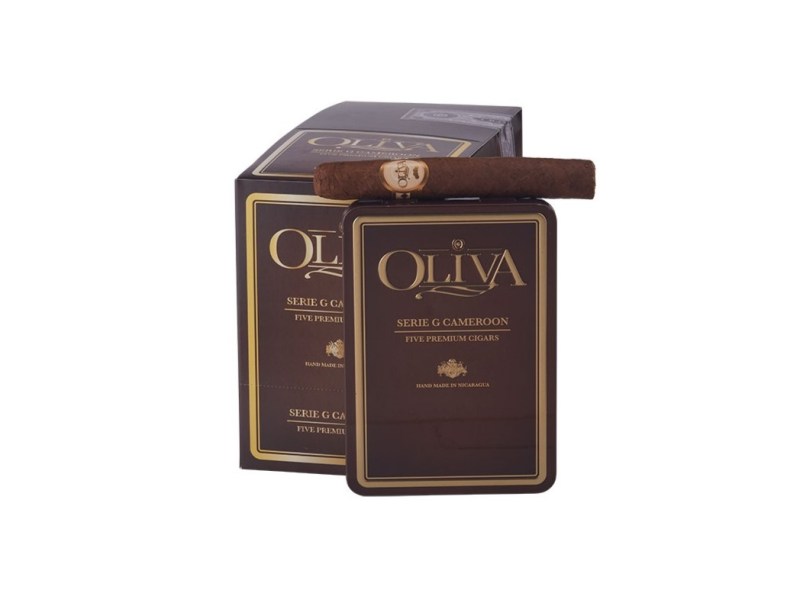
Cameroon wrappers get far less credit than they truly deserve. Grown in Cameroon and parts of the Central African Republic, the thin and fragile wrappers appear toothy — with tiny bumps that offer a unique kind of texture.
Cameroon offers sweetness and woodiness accompanied by slight peppery notes and a unique nutty flavor that is hard to coax from other species. Their fragile nature makes working with them a real challenge, which is one of the reasons why they are so rare.
Arturo Fuente Hemingway Cameroon-wrapped – a perfect balance of sweetness and complexity that made it all clear to me why some cigar aficionados chase after these wrappers exclusively. If you are looking for a Cameroon, explore CAO’s Cameroon line. You will not be disappointed.
San Andrés

These wrappers from the volcanic soils of the San Andrés Valley of Mexico have become a darling for the past decade. Dark and opulent in appearance, they are erroneously categorized as Maduros and share nothing in common.
San Andrés is typically famous for its chocolate character and coffee, earth, and understated spice notes. What makes them special is that this mineral quality is probably derived from volcanic soils, which add complexity that is never found in other wrappers.
For the full San Andrés experience, I highly recommend the Crowned Heads Four Kicks Maduro or anything out of Casa Turrent. Once you get on the San Andrés train with a good one, you will start seeing them all over your humidor.
Brazilian Mata Fina
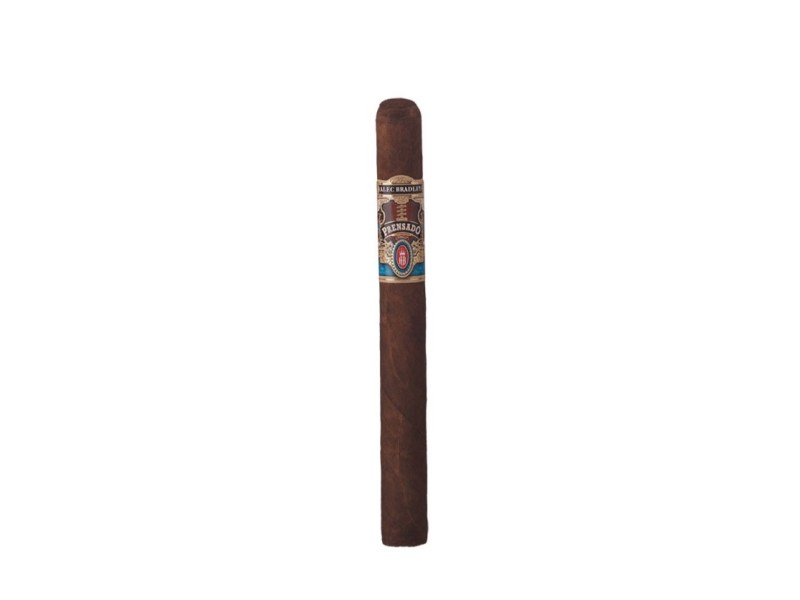
Brazilian wrappers, especially in the Mata Fina region, are having a good run in the world of premium cigars. These naturally dark wrappers present a unique sweetness with dark cocoa and coffee notes and a pleasant fruitiness rarely found on other types of dark wrappers.
What is interestingly astonishing about the Brazilian wrapper is its combination of Maduro-like sweetness with an unusual complexity. They don’t come around often; thus, searching for a good one is like going on a treasure hunt.
CAO’s Brazilia and the Alec Bradley Prensado offer superb examples of such wrappers. Brazilian wrappers must be next on your wish list if you enjoy Maduros but crave something with a little more character.
Criollo
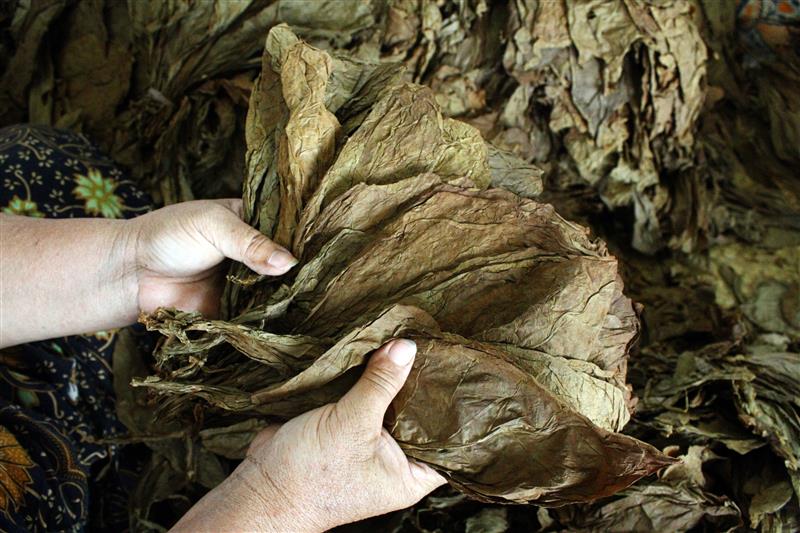
Criollo is actually one of the original Cuban tobacco strains, but today, you’ll find Criollo-seed wrappers grown throughout Nicaragua, Honduras, and Ecuador. They are the kind of browns that fly under the radar; they have moderate oil and color and are medium-brown compared to their flashier Corojo cousins.
Thoroughly rich in flavor, Criollo’s tastes seem to be well balanced with cedar, nuts, natural tobacco sweetness, and some spice. He is just like the middle child: he isn’t as mild as the Connecticut Shade or as strong as Corojo or Habano.
As far as production goes, Illusione and Crowned Heads won’t be making much traffic with their Criollo wrappers. The Illusione Epernay has a Nicaraguan Criollo wrapper and is one of my most-used smokes when I feel like something refined but not offensive.
Final thoughts
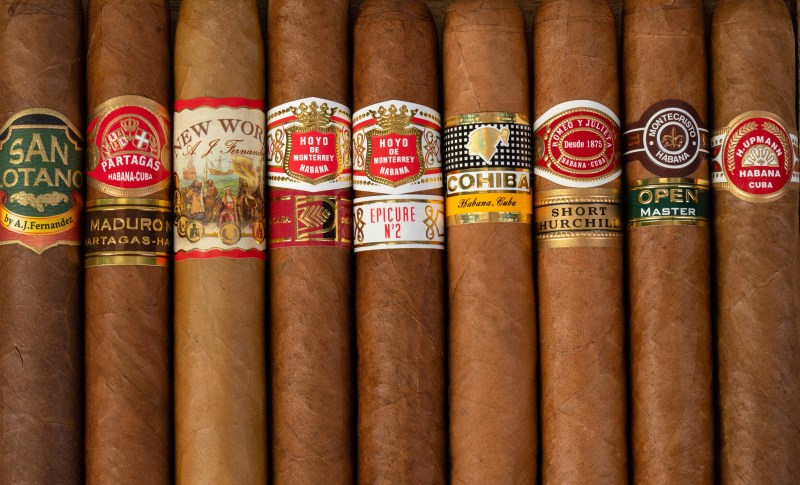
The outer layer is only one element in the puzzle of cigar enjoyment, but it is an important one. Wrapper from the same leaf but grown in different regions? A totally different experience. I encourage you to try out different types — that’s half the fun of this hobby!
Please note that a cigar is more than one thing. The filler tobacco, binder, aging process, and construction all play an enormous role. But knowing wrappers provides a leg up when searching for cigars you’ll enjoy. And isn’t that what this hobby is for? Well, that and the excuse to enjoy an hour of serene contemplation while everybody else rushes around.




